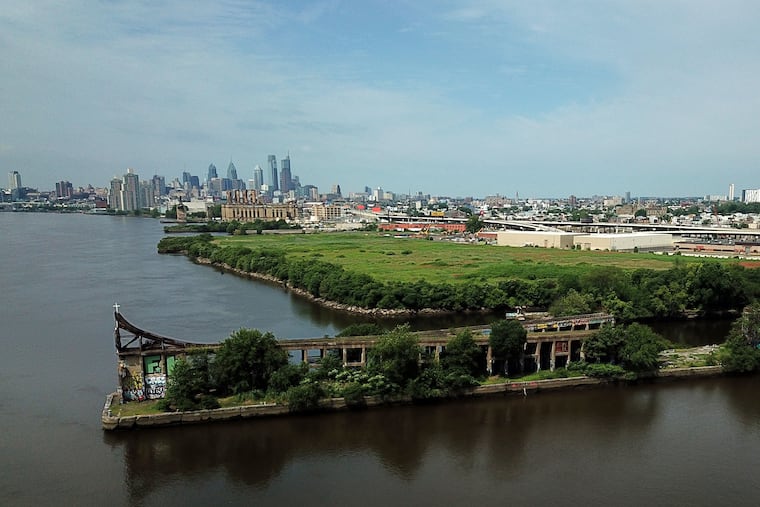Here’s what Pennsylvania is doing to address climate change — and why politics is making it difficult
For the first time, the state has a goal for cutting greenhouse gas emissions, but critics say it hasn’t been accompanied by enough action.

For the first time, the state has a goal for cutting greenhouse gas emissions, but critics say it hasn’t been accompanied by enough action.
